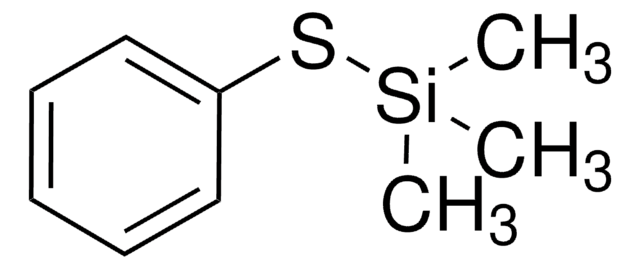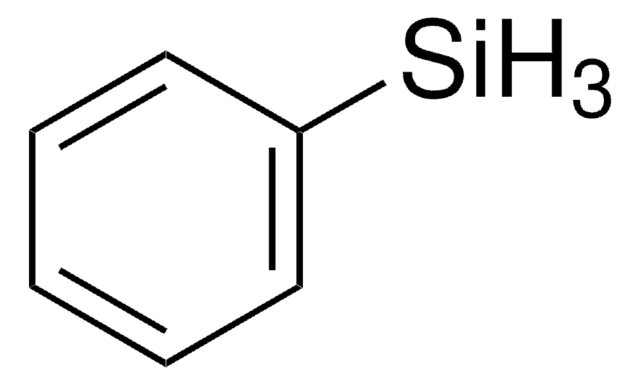227196
Silica gel Inorganic Sorbent
high-purity grade (9385), 230-400 mesh
About This Item
Produits recommandés
Nom du produit
Gel de silice, high-purity grade (9385), pore size 60 Å, 230-400 mesh particle size
Qualité
high-purity grade (9385)
Niveau de qualité
Forme
powder
Fabricant/nom de marque
EMD Millipore®
Technique(s)
LPLC: suitable
Superficie
550 m2/g
Matrice
Silica
Groupe de la matrice active
silica
Taille des particules
230-400 mesh
40-63 μm
Dimension de pores
~0.8 cm3/g pore volume
60 Å
pb
2230 °C
Pf
>1600 °C
Technique de séparation
hydrophilic interaction (HILIC)
Chaîne SMILES
O=[Si]=O
InChI
1S/O2Si/c1-3-2
Clé InChI
VYPSYNLAJGMNEJ-UHFFFAOYSA-N
Vous recherchez des produits similaires ? Visite Guide de comparaison des produits
Catégories apparentées
Description générale
a. Aquagel - pores are filled with water
b. Xerogel - by the process of evaporation, aqueous phase in the pores are removed
c. Aerogel - solvent removed by supercritical extraction
Application
Informations légales
Code de la classe de stockage
11 - Combustible Solids
Classe de danger pour l'eau (WGK)
nwg
Point d'éclair (°F)
Not applicable
Point d'éclair (°C)
Not applicable
Faites votre choix parmi les versions les plus récentes :
Déjà en possession de ce produit ?
Retrouvez la documentation relative aux produits que vous avez récemment achetés dans la Bibliothèque de documents.
Les clients ont également consulté
Notre équipe de scientifiques dispose d'une expérience dans tous les secteurs de la recherche, notamment en sciences de la vie, science des matériaux, synthèse chimique, chromatographie, analyse et dans de nombreux autres domaines..
Contacter notre Service technique


